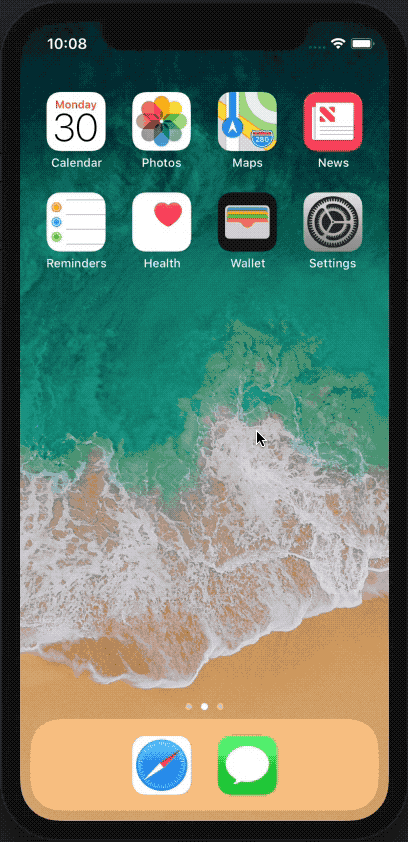

It will be at one of the following paths depending on your version of Xcode (oldest to newest):

So instead you'll have to navigate to it in a separate Finder window and drag it onto the file selector window.
#Iphone emulator high sierra simulator#

(Xcode 7+): $ alias simulator='open /Applications/Xcode.app/Contents/Developer/Applications/Simulator.app' (Xcode 6+): $ alias simulator='open /Applications/Xcode.app/Contents/Developer/Applications/iOS\ Simulator.app' (Xcode 6+): $ ln -s /Applications/Xcode.app/Contents/Developer/Applications/iOS Simulator.app ~/DesktopĪs pointed out by you could also add an alias to your ~/.bash_profile: $ alias simulator='open /Applications/Xcode.app/Contents/Developer/Platforms/atform/Developer/Applications/iPhone\ Simulator.app' You could create a symbolic-link from your Desktop to make this easier: $ ln -s /Applications/Xcode.app/Contents/Developer/Platforms/atform/Developer/Applications/iPhone\ Simulator.app ~/Desktop (Xcode 6+): $ open /Applications/Xcode.app/Contents/Developer/Applications/iOS Simulator.app Assuming you have Xcode installed in /Applications, then you can do this from the command line to start the iPhone Simulator: $ open /Applications/Xcode.app/Contents/Developer/Platforms/atform/Developer/Applications/iPhone\ Simulator.app


 0 kommentar(er)
0 kommentar(er)
